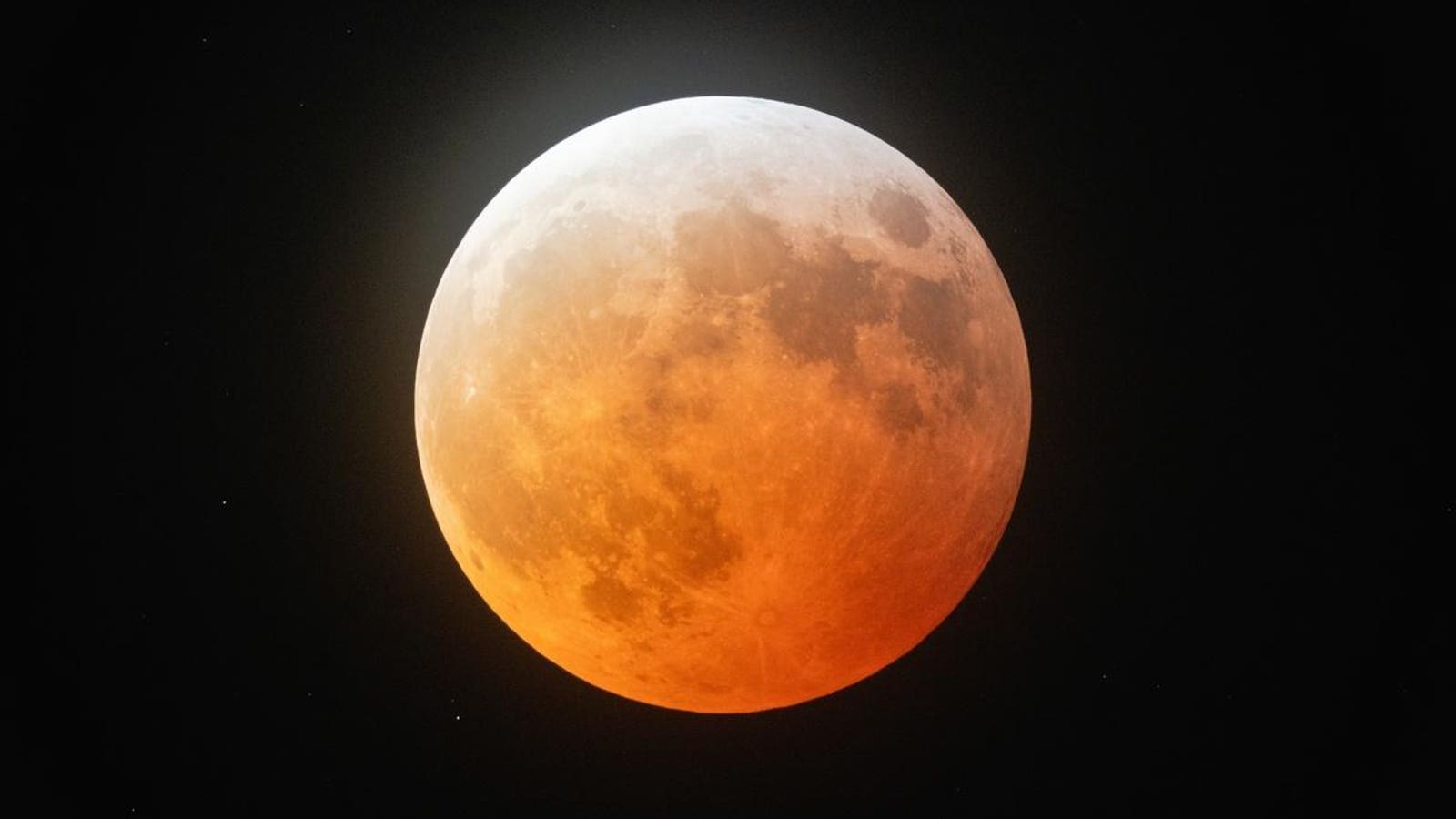Topline
Astronomers have found a distant celestial body — potentially a dwarf planet — orbiting the sun from more than twice as far as Pluto. Found by astronomers at the Institute for Advanced Study in Princeton, New Jersey, it’s one of the most distant solar system bodies observed with optical telescopes. It takes 25,000 years to orbit the sun — and it could be the first of many new objects to be found in the outer solar system.
This is an artist’s concept of a craggy piece of solar system debris that belongs to a class of … More
Key Facts
2017 OF201 is estimated to be 435 miles (700 kilometers) in diameter. That’s smaller than Pluto’s 1,477 miles (2,377 kilometers), but if its size is confirmed using radio telescopes, 2017 OF201 will become the largest object in the outer solar system found in more than a decade.
It’s classed as an “extreme” trans-Neptunian object, which is an icy body orbiting beyond Neptune in the solar system. The largest TNOs known are Eris, followed by Pluto, Haumea, Makemake and Gonggong.
Researchers identified it in 19 different exposures captured over seven years by the Dark Energy Camera (on the summit of Cerro Tololo, Chile) and the Canada France Hawaii Telescope (near the summit of Mauna Kea on Hawaii’s Big Island).
Image showing the current location of Pluto, Neptune, and 2017 OF201.
Why 2017 Of201 Is So Special
2017 OF201 is a rare object because of its size, but also its extreme orbit. “The object’s aphelion — the farthest point on the orbit from the sun — is more than 1,600 times that of the Earth’s orbit,” said Sihao Cheng at the Institute for Advanced Study’s School of Natural Sciences. “Meanwhile, its perihelion — the closest point on its orbit to the sun — is 44.5 times that of the Earth’s orbit, similar to Pluto’s orbit.”
It takes 2017 OF201 about 25,000 years to complete one orbit of the sun, which suggests a chaotic past. “It must have experienced close encounters with a giant planet, causing it to be ejected to a wide orbit,” said Yang. “It’s possible that this object was first ejected to the Oort cloud, the most distant region in our solar system, which is home to many comets, and then sent back.”
First Of Many New Trans-Neptunian Objects
2017 OF201 exists at the edge of the solar system in what’s known as the Kuiper Belt, a vast ring-shaped region beyond the orbit of Neptune. It was thought that the Kuiper Belt was largely empty of large objects — but 2017 OF201 indicates that is not the case. That’s underscored by the fact that 2017 OF201 spends only 1% of its orbital time close enough to the inner solar system to be detectable. “The presence of this single object suggests that there could be another hundred or so other objects with similar orbit and size; they are just too far away to be detectable now,” said Cheng. “Even though advances in telescopes have enabled us to explore distant parts of the universe, there is still a great deal to discover about our own solar system.”
Revealing The Kuiper Belt
In September 2004, scientists announced that they had uncovered 11 new objects beyond the accepted edge of the Kuiper Belt. They were found in alcluster while using the 8.2-meter Subaru Telescope in Hawaii to find new targets for NASA’s New Horizons spacecraft, which left Earth in 2006 and conducted the only ever flyby of Pluto in 2015 before entering the Kuiper Belt.
Further Reading








